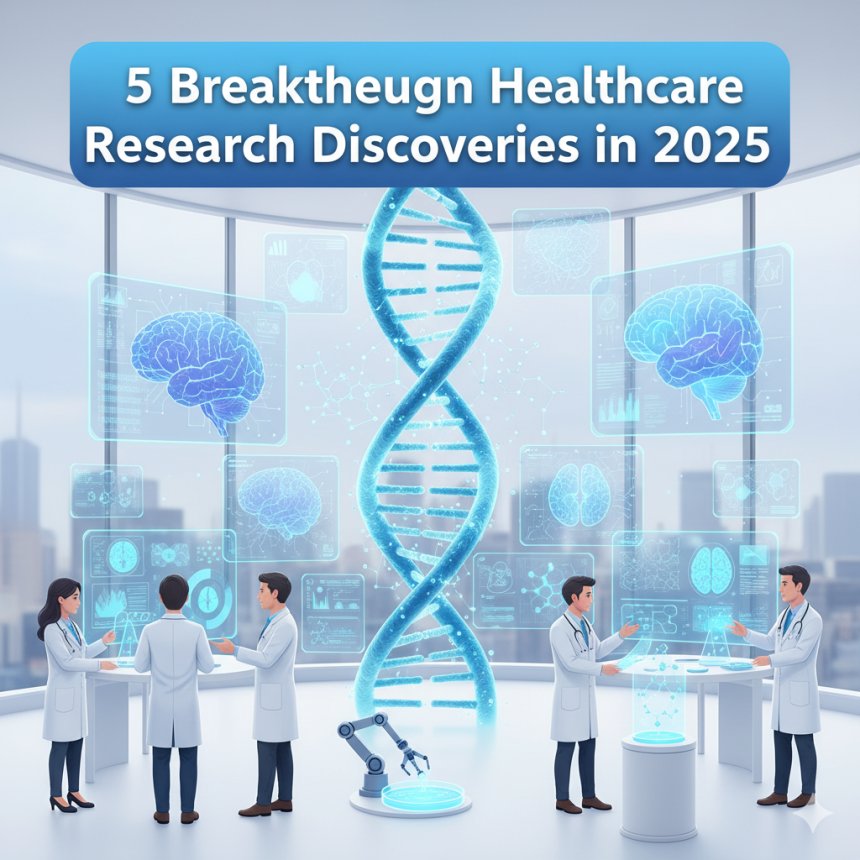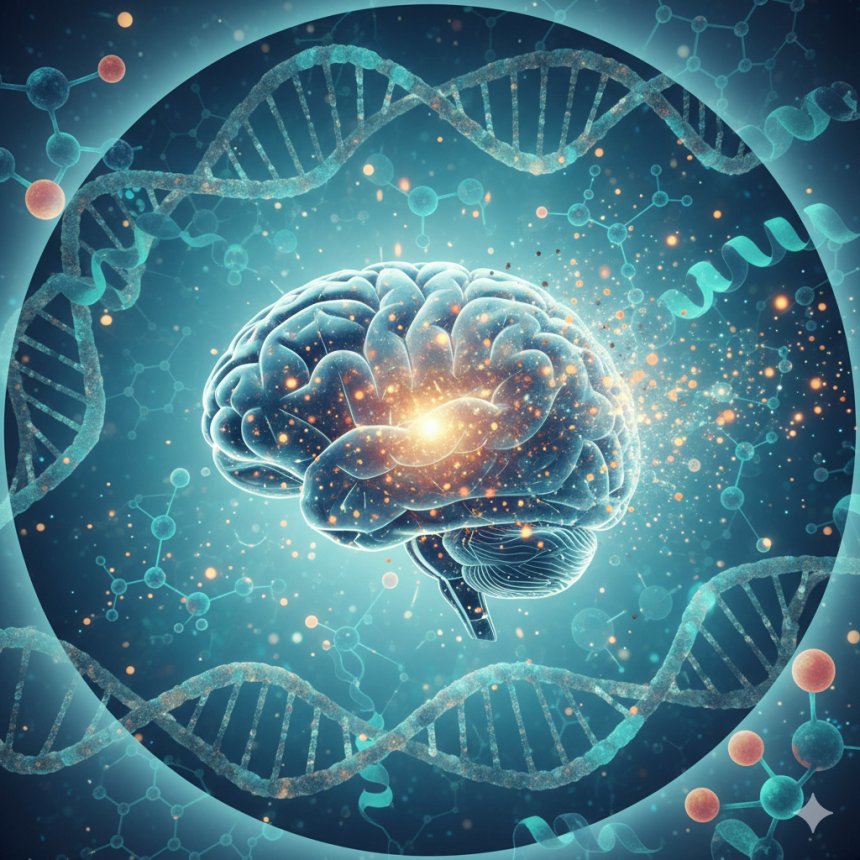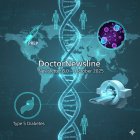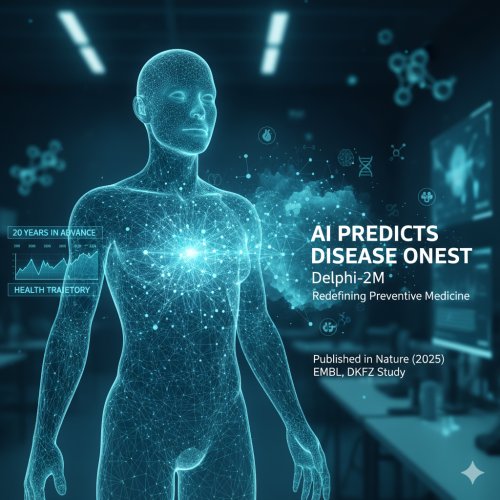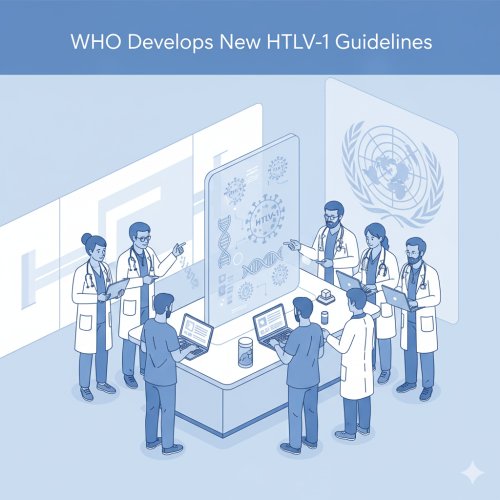Harvard Researchers Unveil PDGrapher: An AI Breakthrough Revolutionizing Drug Discovery
Harvard Medical School scientists have developed PDGrapher, an AI-powered tool that identifies gene targets up to 25 times faster than existing methods. This breakthrough could reshape drug discovery by linking diseased genes directly to potential therapeutic interventions.

In a major step forward for biomedical research, scientists at Harvard Medical School (HMS) have developed a cutting-edge artificial intelligence tool named PDGrapher that could dramatically accelerate the process of drug discovery and development.
Published in Nature in 2025, the study demonstrates how PDGrapher uses machine learning to pinpoint combinations of genes that, when targeted, can reverse disease states in cells—a method up to 25 times faster than current technologies.
This innovation could redefine the way new therapies are discovered, allowing researchers to design drugs tailored not just to one gene but to the complex genetic networks underlying disease.
A Paradigm Shift: From Predicting Drug Effects to Designing Genetic Interventions
Traditionally, drug discovery follows a linear process: scientists identify a disease, select a single genetic target, and develop a compound to interact with that target. However, this approach often misses the intricate gene interactions that sustain disease states.
Marinka Zitnik, Associate Professor at HMS and lead author of the study, described the shift in perspective:
“Instead of asking ‘what happens if we apply this drug?’ we asked, ‘what drug or set of targets would restore the healthy state?’”
By reversing this conventional logic, PDGrapher identifies which genes must be adjusted to restore normal cellular function. Rather than predicting outcomes from a single drug, it maps the genetic pathways that could be therapeutically targeted—an approach known as optimal intervention design.
How PDGrapher Works
PDGrapher integrates multiple machine learning algorithms with massive genomic datasets. Its underlying framework, optimal intervention design, allows it to determine the best combination of gene edits or drug targets to correct abnormal cellular behavior.
Key Features:
-
Multi-gene targeting: Instead of focusing on a “one drug, one target” model, PDGrapher examines networks of interacting genes.
-
Speed and efficiency: Processes genetic datasets 25 times faster than traditional bioinformatics models.
-
Predictive potential: Identifies gene combinations not yet tested in laboratories, guiding future experimental research.
Zitnik noted that this multi-dimensional perspective captures “previously unobserved nuances” in how genes cooperate to produce health or disease, giving scientists a deeper understanding of cellular mechanisms.
Applications and Potential Impact
Guadalupe Gonzalez, the study’s first author, emphasized that PDGrapher can be especially transformative for rare and underresearched diseases, where data are sparse and drug development is historically slow.
By analyzing vast amounts of genomic information, PDGrapher can:
-
Accelerate early-stage drug discovery by predicting new gene targets.
-
Suggest novel therapeutic pathways for diseases lacking treatment.
-
Support precision medicine, where therapies are customized to a patient’s genetic profile.
Zitnik added that PDGrapher’s ability to map gene combinations could bridge the gap between data and drug design, allowing new treatment ideas to emerge from computational predictions rather than random experimentation.
Limitations and Challenges
Despite its promise, PDGrapher is not without constraints. Xiang Lin, an HMS research fellow and study co-author, pointed out that the system cannot yet integrate existing biomedical knowledge—such as prior experimental findings—into its predictive models.
Like many AI systems, PDGrapher currently functions as a data-driven learner, rather than an AI capable of reasoning through complex biological cause-and-effect relationships.
Additionally, while PDGrapher may be ready for research applications within 1–3 years, Gonzalez cautioned that drugs developed through its insights will likely take a decade or more to reach clinical use.
“There’s a long way to go,” Gonzalez said. “Big changes in drug discovery require time.”
Redefining the Future of Drug Discovery
Despite these challenges, the implications of PDGrapher are profound. By connecting diseased cellular states directly to possible genetic interventions, it represents a leap forward from traditional discovery models that rely on trial-and-error experimentation.
“This makes it much more relevant for creating new therapies,” Zitnik wrote, “because it connects diseased states to possible interventions in one step.”
If successful, PDGrapher could redefine the biotechnology pipeline, enabling scientists to move from data to drug design with unprecedented speed and accuracy.
Key Takeaways
| Feature | Traditional Drug Discovery | PDGrapher Approach | Impact |
|---|---|---|---|
| Target Model | One gene, one drug | Multiple gene interactions | More accurate and holistic |
| Discovery Speed | Slow, trial-based | 25× faster via AI | Rapid early-stage drug design |
| Focus | Predict drug effects | Identify genes to restore health | Reverse-engineered therapeutics |
| Applicability | Common diseases | Rare and complex diseases | Broader clinical reach |
| AI Role | Reactive | Proactive and predictive | New paradigm in biotechnology |
Conclusion
The development of PDGrapher marks a milestone in artificial intelligence-driven biotechnology. By flipping the traditional question of drug design—asking which genetic interventions restore health rather than what effect a drug has—Harvard researchers have built a foundation for the next generation of precision medicine.
While full clinical implementation remains years away, PDGrapher’s capacity to connect genetic dysfunctions with targeted interventions could revolutionize drug discovery, making it faster, smarter, and more adaptive to the complexity of human biology.
References
-
Zitnik, M. et al. (2025). PDGrapher: Machine Learning for Optimal Genetic Interventions in Drug Discovery. Nature.
-
Harvard Medical School. (2025). AI Tools Accelerating Biomedical Research.
-
Gonzalez, G. & Lin, X. (2025). Artificial Intelligence in Precision Drug Design: Challenges and Opportunities. Harvard Biomedical Insights.


